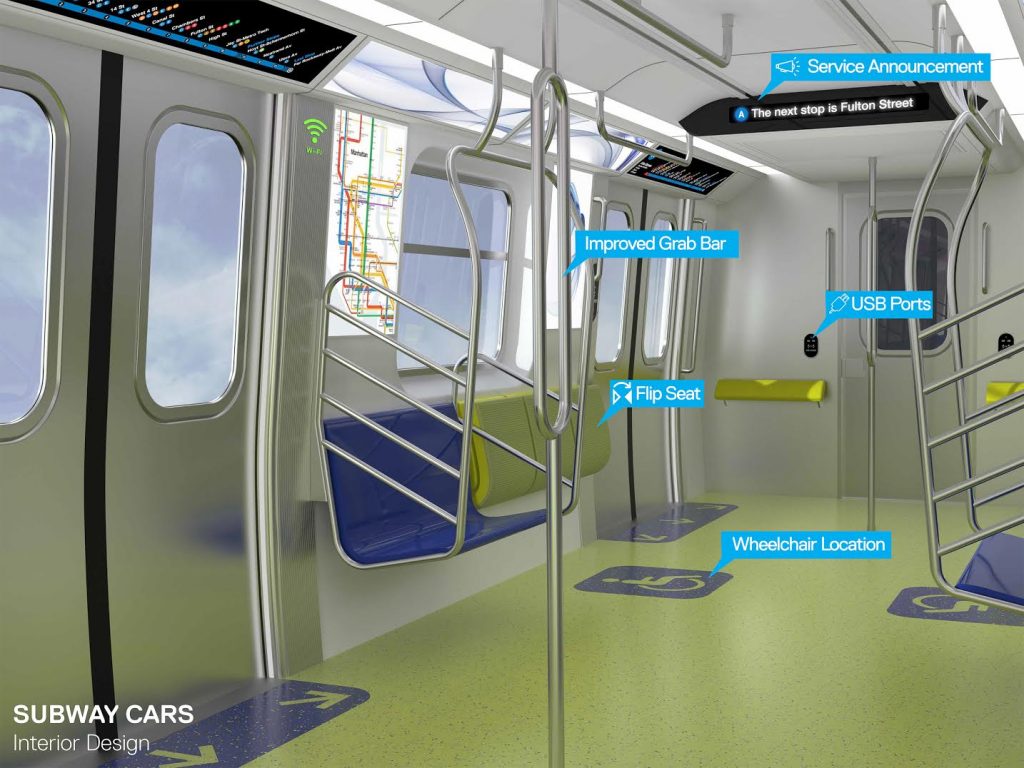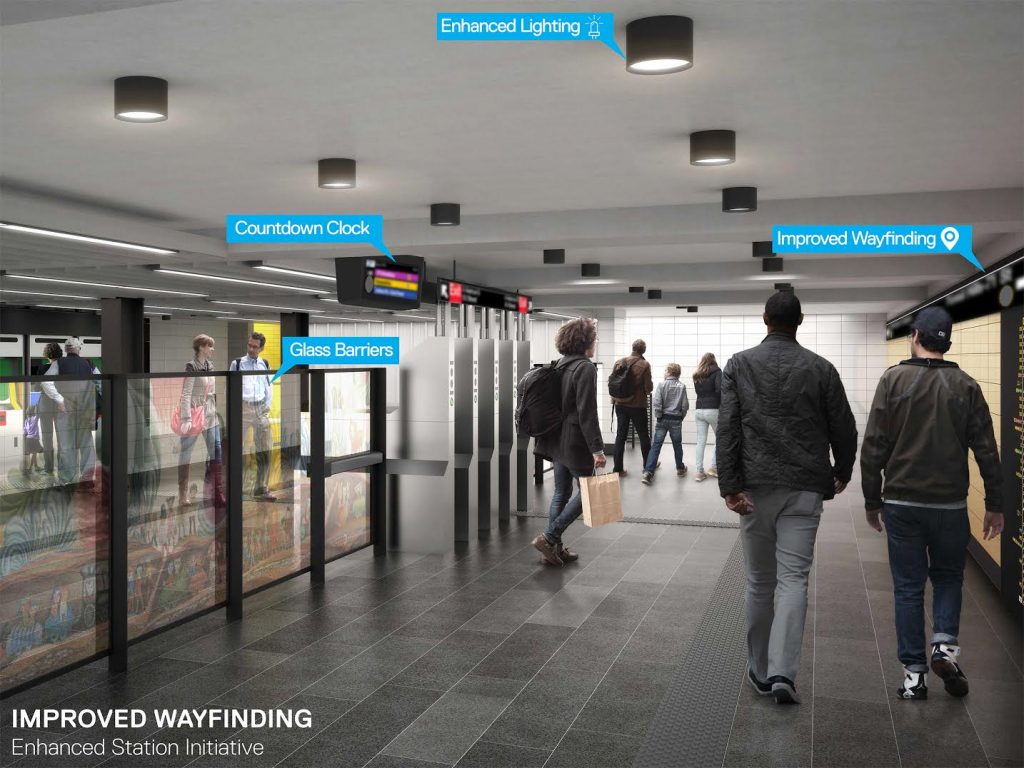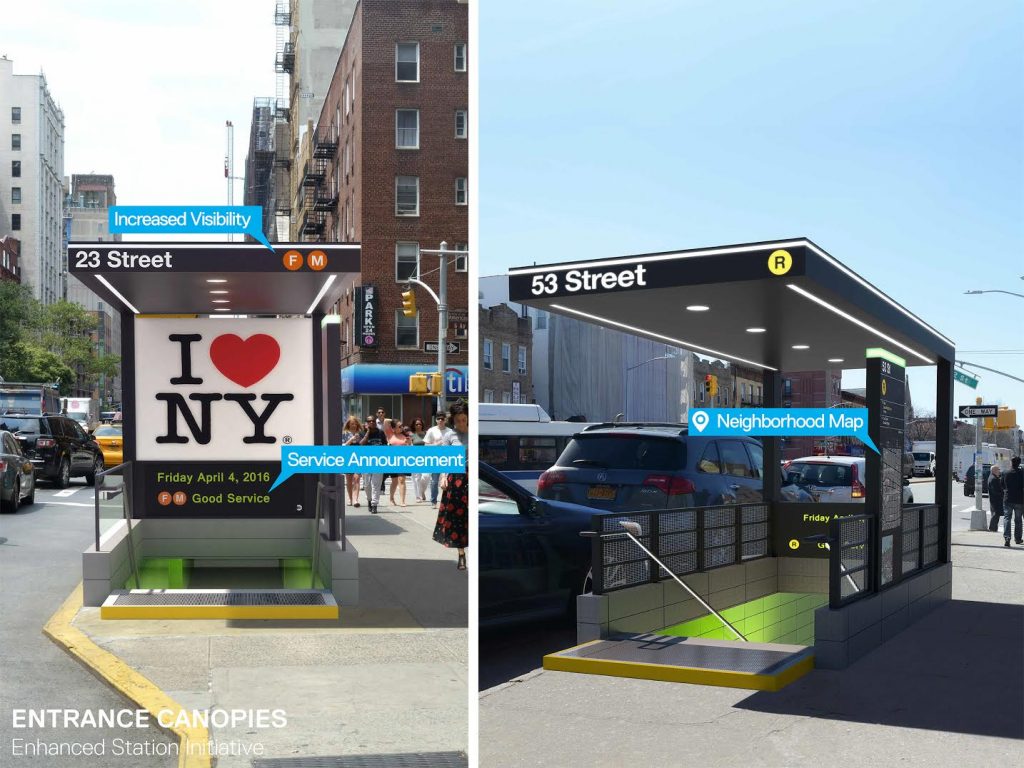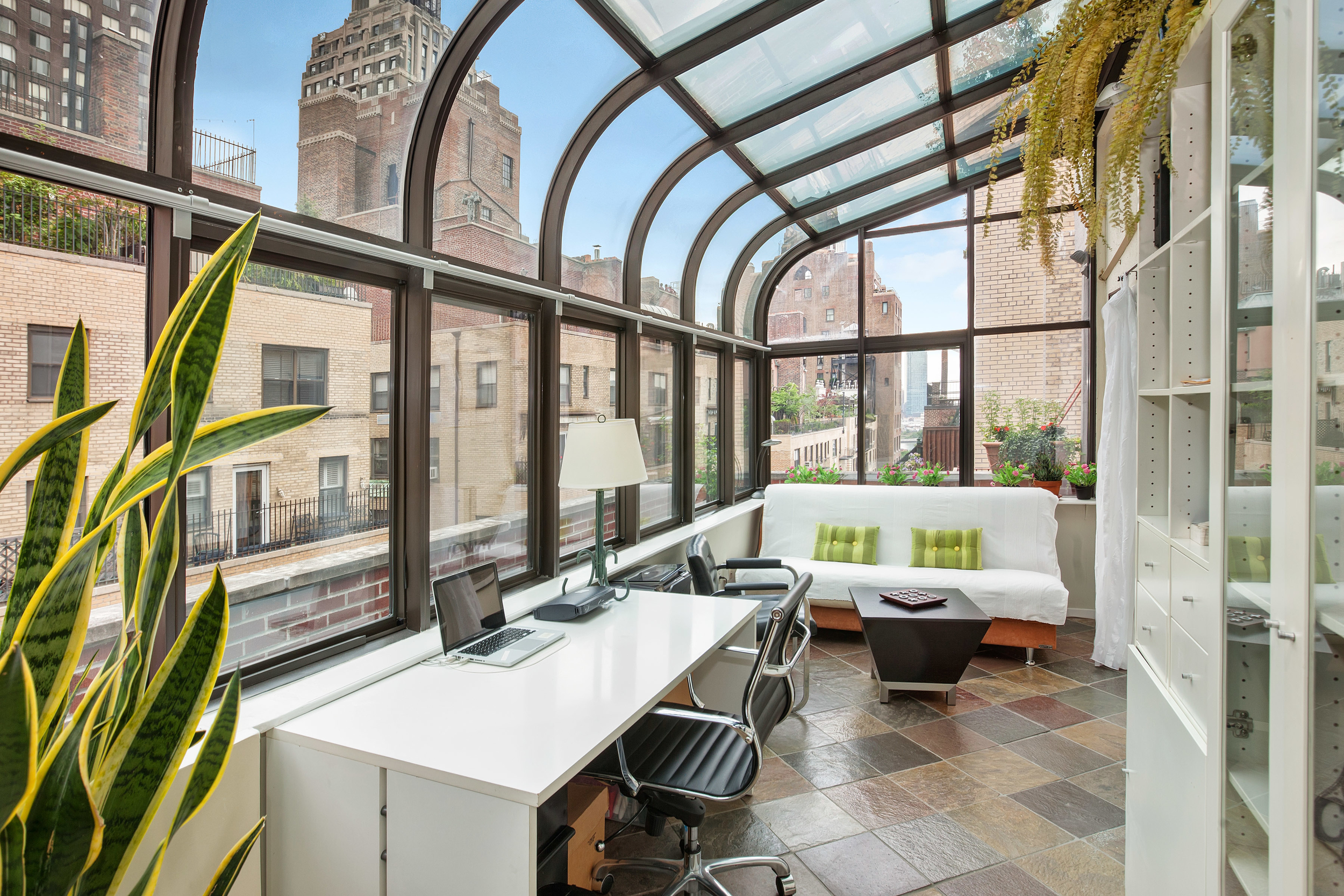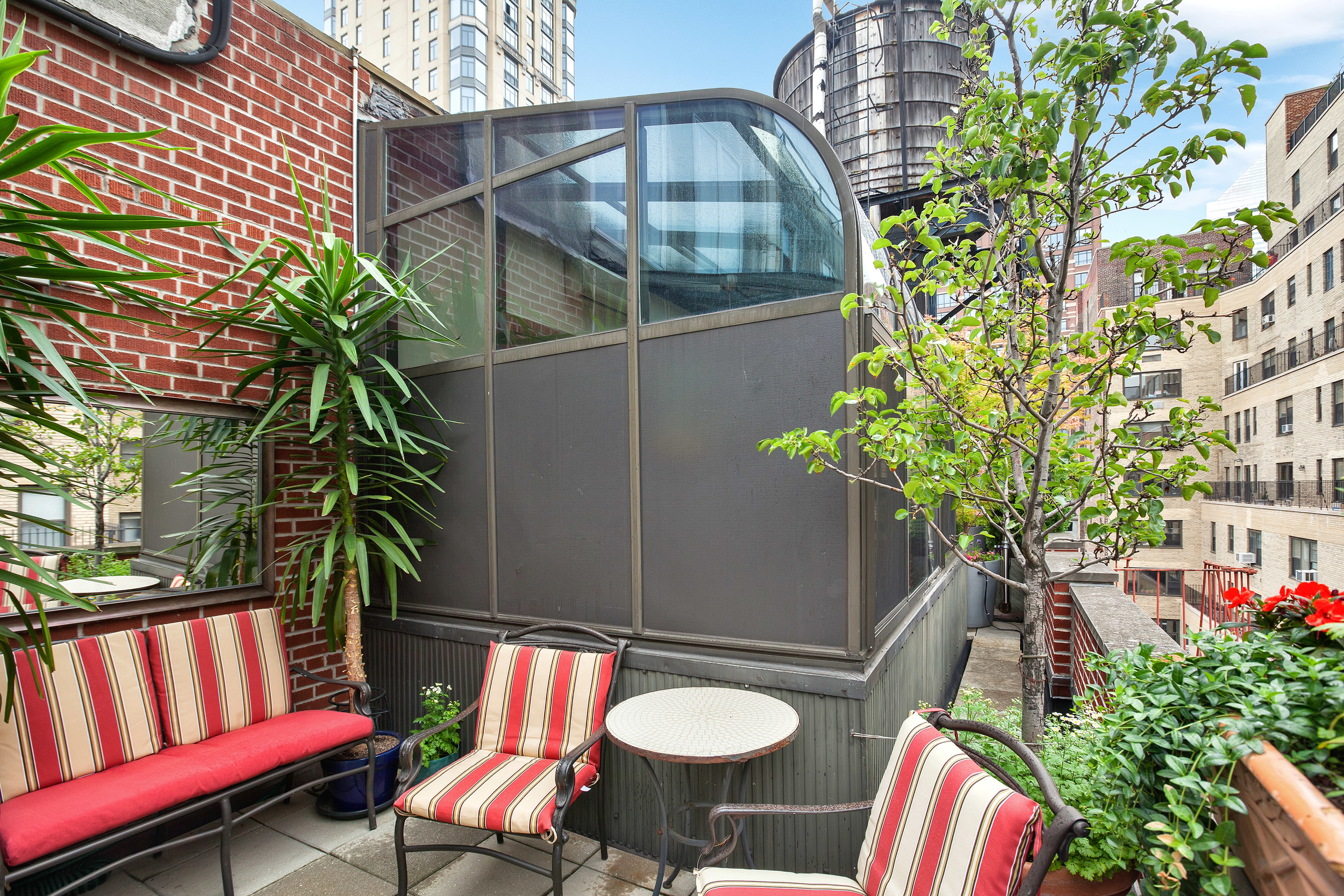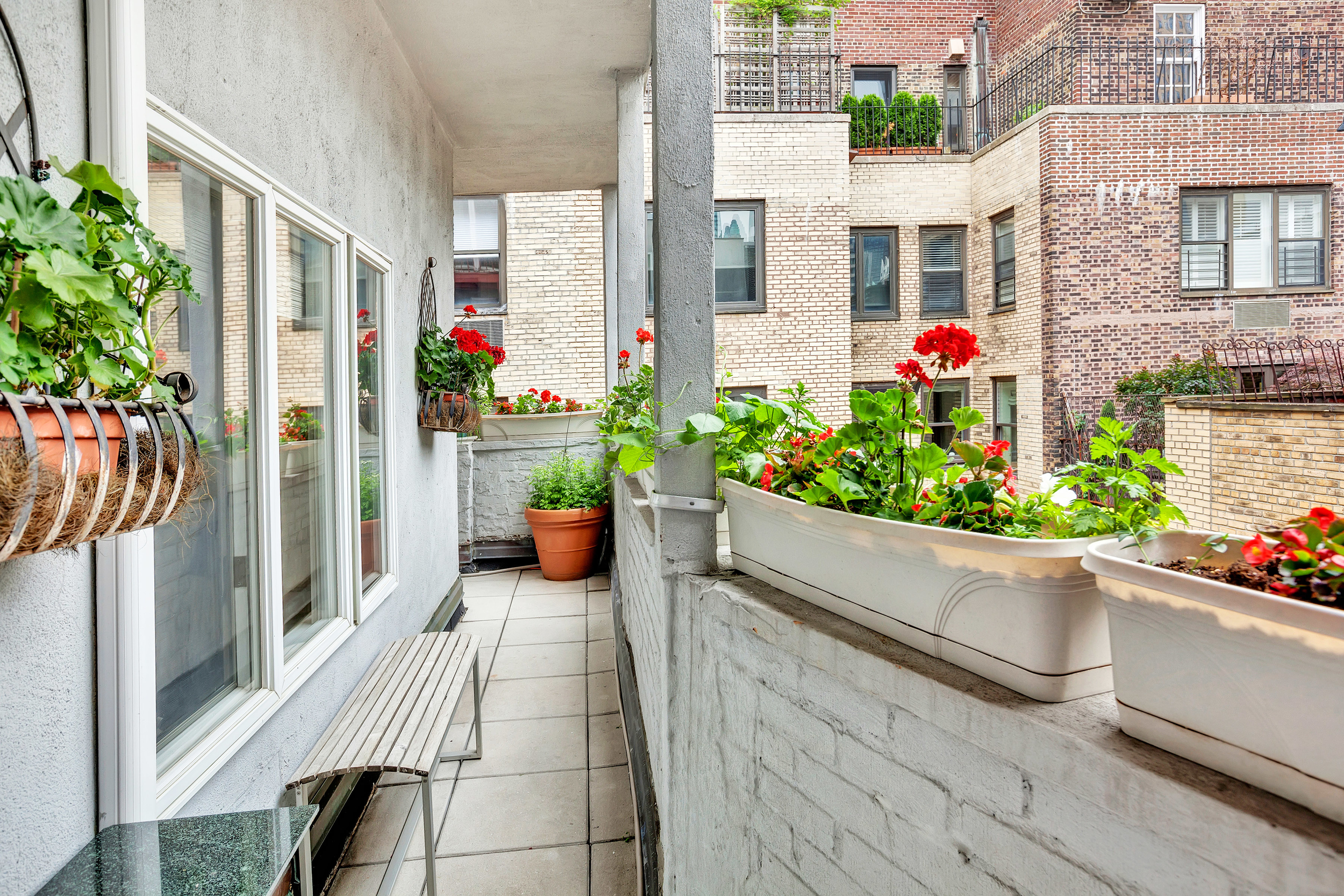“Our aluminum bales in New York are worth less than in New Jersey, where there is no bottle bill,” Outerbridge said. “We’re talking roughly 12 to 15 cents a pound, which adds up when you’re selling thousands of tons.” Scavengers take about 70,000 tons of material from recycling bins a year, a city study found. That means the only real incentive many New Yorkers have to recycle comes at a cost to the city.
New Yorkers’ habits at home are just one piece in a complicated puzzle. Businesses have their own system for managing waste, with practices dictated largely by the market.
More than 200 private carters pick up from hundreds of thousands of businesses. Thatseems inefficient, but Ben Velocci, principal of Bronx-based Avid Waste Inc., has little patience for critics. “All of the solid waste collected by private haulers is done without any help from the city,” he said. “New York City provides no transfer stations, no recycling facilities, no composting, but we still make sure thousands of tons of trash disappear every night.”
Private carters
New York privatized collection for businesses in the 1950s, but only after the city flushed out the mob in the late 1990s did the industry become safe for legitimate players. Now, private carters—from mom-and-pops to 100-truck goliaths—jockey for contracts with every office building, nail salon and grocery store. The Business Integrity Commission, which oversees their practices, limits their contracts to two years and caps their rates without a floor.
The opportunities of this free market inspired Velocci to start Avid Waste in 2005. Private carters “deal with a lot of regulations,” he said. “It’s why there are no national waste companies here.” The hustle was apparently too much for Houston-based Waste Management, which sold its local hauling operation in 2007. Republic Industries followed suit in 2010.
Photo: Buck EnnisPLASTIC PEAK: A pile of mixed recyclables waiting to be sorted at Sims' Sunset Park recycling facility.
Competition for contracts creates some value: New York’s businesses pay less than half the $1.7 billion the city spends to collect and dispose of a similar amount on the public side. Yet because different haulers serve businesses on the same block, private trucks drive a collective 47 million miles a year—nearly four times the distance covered by the city’s trucks.
The prices carters get for recycled material also affects their willingness to pick it up. “When commodity prices are low, recycling rates are lower,” Velocci said. High landfill fees nudge some recycling—paper is so valuable that Avidpicks it up for free. But for metal, glass and plastic, Avid charges around 60% to 70% of the price of garbage collection—not enough savings for most businesses to bother sorting, he said.
Volatile commodity prices, capped rates and a two-year limit on private-hauling contracts deter big investments in private recycling plants. Other cities often subsidize recycling facilities to ensure the machinery keeps humming when commodity prices drop. Not New York. “The private sector can’t run a facility that isn’t going to be profitable,” said Velocci.
The city is introducing new recycling rules that could simplify things for businesses, but they will likely raise carting costs further. Starting in August, every business must sort paper, cardboard, metal, glass and plastic into either two streams or one.
“They should’ve talked to us first,” said Tom Toscano of Mr. T Carting, a hauler that runs its own $2 million facility for recycling paper and cardboard. His customers don’t pay for cardboard pickup, but this will change if they throw all their recyclables into one bag. “I’ll have all these extra costs in breaking that bag open, putting materials through different conveyor belts,” he said. “I have to charge customers for that. I’m not making that money back.”
Don’t mention glass to him. “There’s no market for it. It gets in conveyors, it gets in sorters, it jams up materials,” said Toscano.
Carters are concerned by a proposal City Hall is reviewing to divide New York into zones and have private haulers compete for longer contracts, with clear diversion targets.
“Without certainty of business, haulers will never do the work necessary to reach zero waste,” said Greg Good, who is overseeing Los Angeles’ move to a franchise zoning system. The bids L.A. received show private haulers will adhere to higher standards and invest in equipment to keep waste out of landfills if they have the right incentives, he said.
Organics chemistry
Food scraps and yard waste make up at least a third of the waste stream, and when dumped in landfills release methane, a greenhouse gas six times more potent than carbon dioxide. Keeping this waste out of landfills is the trickiest part of getting to zero.
Since 2013, brown bins for organic waste have been placed in select neighborhoods and schools. The pilot program now serves over 700,000 residents, and de Blasio boldly claims all New Yorkers will be composting by 2018. But the material the city collects is often too contaminated to be used, and a Delaware composting facility that took most of the city’s organics closed in 2014 after locals protested the odors.
“They really need to invest in some education,” Toscano said of the city’s pilot, which offers little instruction on the brown bins. “People are throwing diapers in there, people are throwing in whole cans of food. It’s awful.”
Mr. T Carting is one of several companies with contracts to clean up the residential organics stream. Separating bottle caps from banana peels will cost taxpayers up to 50% more than dumping garbage. Toscano now has a year or so to ready his transfer station. The city already spends a bundle on collecting and schlepping organics to processors hundreds of miles away. The Citizens Budget Commission said citywide composting could cost $250 million a year, and a commission survey of composting facilities within 150 miles found capacity for only 10% of the city’s organic waste.
What may be a tricky job for residents is about to become a costly undertaking for businesses. Starting this summer, the city is also requiring large food manufacturers, arenas, stadiums and restaurants in hotels with at least 150 rooms to keep their organic waste out of trash bins.
Samuel Linder, the Swiss-born chef of the Peninsula New York hotel, said he is startled by how wasteful New York is. The problem begins before the food arrives in his kitchen. “Literally two boxes of soft-shell crabs will give you half a container of waste.” In Switzerland, food is delivered in washable, reusable crates. “That doesn’t exist here.” The city’s failureto reduce troublesome materials, notably polystyrene foam and plastic bags (“The most time-consuming contaminant,” said Outerbridge), has not helped.
Linder is eager to green his kitchen, but said he was surprised by the cost. He cites the extra bins, separate pickups for organics and recyclables, and the time spent training staff. The hotel has bought a stainless steel machine called an ORCA that in one hour breaks down 25 pounds of food waste into effluent that’s flushed down the drain (creating a sewage treatment headache of its own). “It’s a lot more work for us,” he said.
When Massachusetts banned the dumping of commercial food waste in 2014, the state paid for new infrastructure, a renewable-energy tax credit and research on the technologies available to process organics on-site.
New York City will levy fines on businesses that don’t comply with its new organics policy, but offers no incentives. That may not be enough to meet de Blasio’s zero-waste goal.
“It’s unrealistic to think you’re going to have high rates by government fiat,” and New Yorkers will need incentives to make sorting their trash worth their while, said Velocci of Avid Waste.
Looking over his half-empty recycling facility, Sims’ Outerbridge agrees that big goals still have value, especially with the city’s population expected to reach 8.8 million in 2030. The mayor’s priorities are in the right place, he said, “but when you start digging into it, how do we get there?”

















